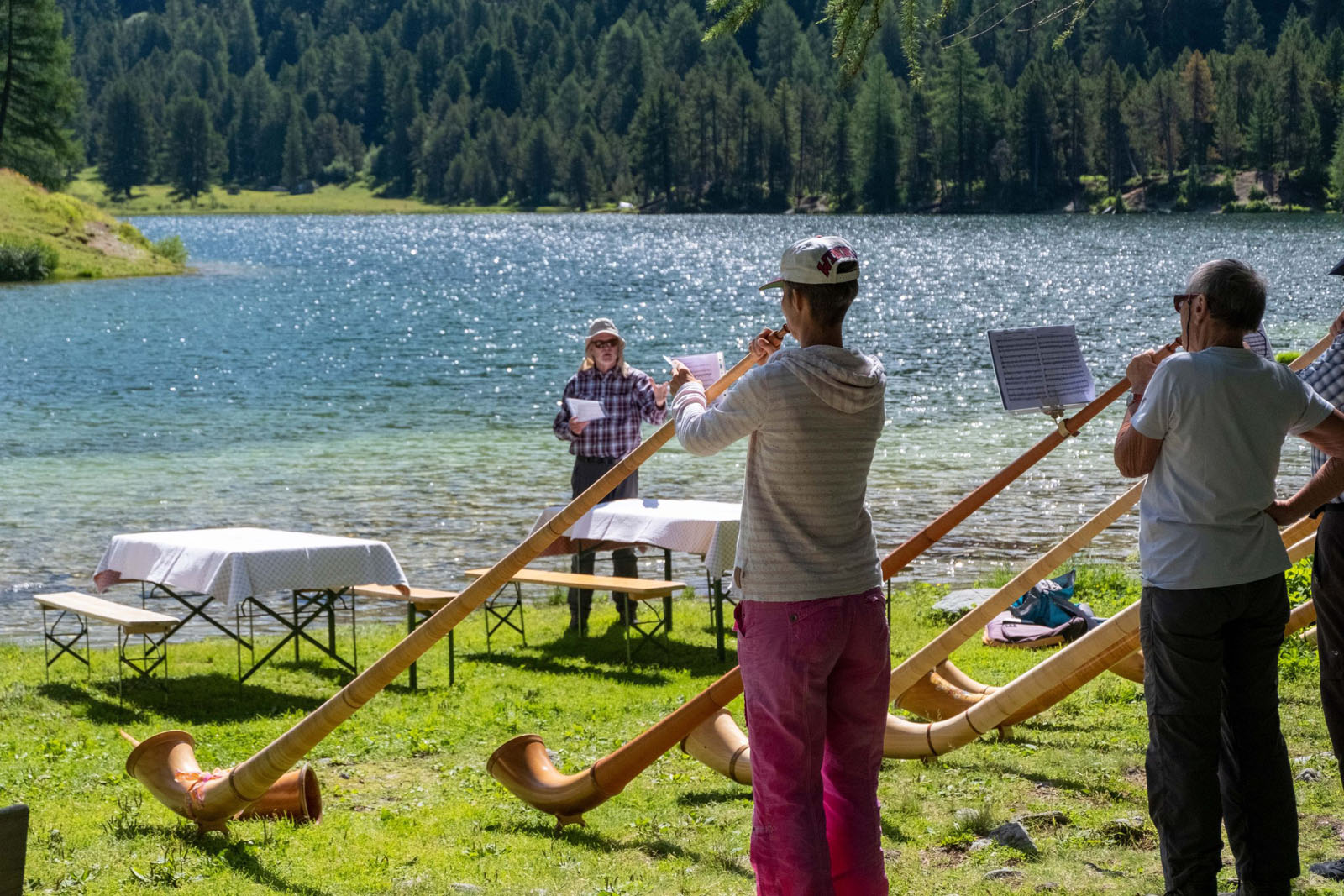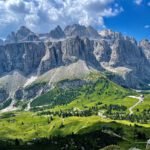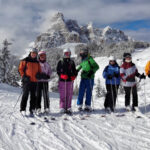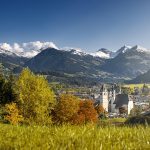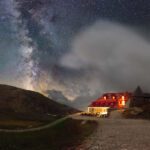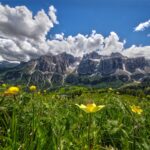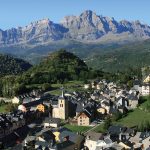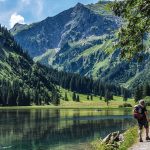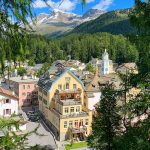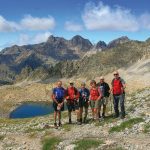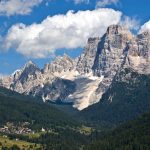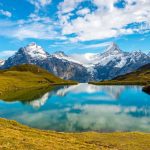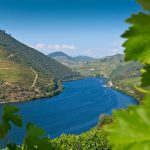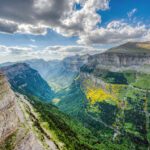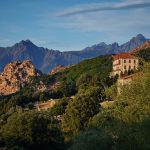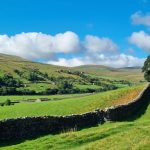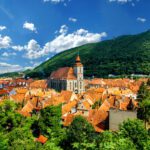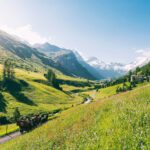
The Landscape of Myths & Legends
Europe is famed for its mountain ranges and the culture surrounding them. The Alps in particular attract around 120 million visitors every year who come to take in the landscape, traditions, wildlife and history and names like Mont Blanc and the Matterhorn are known across the world for their beauty and fierce, unforgiving nature. The range stretches 1,200 km/750 miles across eight countries; Austria, France, Germany, Italy, Liechtenstein, Monaco, Slovenia and Switzerland. As the youngest mountains in Europe their peaks are more dramatic, raw and jagged, striking out recognisable and memorable horizons.
From ancient times to the present, the Alps have been a crucible of cultural exchanges, trade routes, and military campaigns, shaping the history of Europe in profound ways. Their unique climate, characterised by varied weather patterns and significant seasonal changes, plays a crucial role in the region’s biodiversity and tourism appeal.

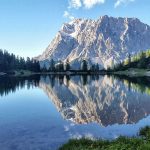

Climate of the Alps
Throughout the year the Alps will show all types of weather. Being a mountainous area the climate can often be tricky to predict and the weather from one valley to another can differ greatly. Typically the Alps have a highlands climate.This means that the higher areas are subject to more rainfall and snow colder than the valleys below because the cold air cannot hold as much moisture. Sometimes however a warm dry Foehn wind can move along the mountain sides originating in the Mediterranean area and climbing over the Southern Alps. Here it loses almost all of its moisture becoming dry and warm melting snow and ice and giving way to a rise in temperatures.
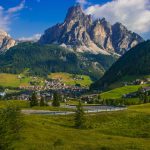
What kind of weather can you expect in the Alps?
There are three main types of climate in the Alps:
- the Atlantic climate,
- the Pannonian climate and
- the Mediterranean climate.
Air mass is divided into four types: the weste winds with mild, moist air masses from the Atlantic sea, the cool polar air from the north, the dry continental air masses from the east and the warm, Mediterranean air from the south. A warm air mass known and the Foehn also effects the Alpine weather system.
The Southern Alps tend to be influenced by the Mediterranean climate which provide mild winters and hot summers. The East Alps, which include the Italian Dolomites, are ideal for vine-growing due to the continental climate.

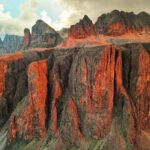

The History of the Alps
Formation of the Alps
Millions of years ago the African and Eurasian plates collided and an area that was then beneath the sea began to fold and climb with the heat and pressure, creating the Alps’ highest peaks. The process created newly formed granite and gneiss rock as well as limestone which formed on the seabed. Much of the modelling of the mountains we know now happened during the ice age. About a million years ago the Alps were plunged into the depths of a continuous winter and the land became one of snow and ice. Glaciers carved their way along the rock creating valleys and moraines which became the sights for some of our greatest rivers and lakes when the ice receded.
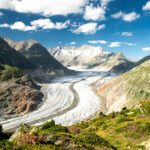
The Legend of the Aletsch Glacier
The ice age still leaves its mark in some places, the largest surviving glacier in Europe being the Aletsch in Switzerland at around 25km long. Human activity in the Alps dates back to the Palaeolithic era. A local legend here in the Dolomites, Otzi the Iceman, was found in 1991 preserved in a glacier. Originally thought to be a lost walker who’d fallen into the ice Otzi was removed from his resting place to be examined. It was then that people started to realise he was a little older than that, around 5,000 years older in fact. Otzi is now recognised as one of the worlds’ most significant anthropological discoveries and increasingly improving technology is helping to rewrite what we thought of people at the time thanks to his discovery. Otzi is now housed in a permanent exhibition in Bolzano, the capital of the South Tyrol.
Our unique village-to-village walking holiday gets you up close to the Aletsch Glacier, which still remains the largest ice stream of the Alps.
Learn More


A Whistle Stop Tour of Historic Events in the Alps
Since Otzi’s time the Alps has had a long and colourful history:
- In the 6th century BC, the Celtic Le Tene culture well established. The original Celtic homeland was in Austria but they spread to much of continental Europe and Britain. The Celtic culture has since made a lasting impact on much of Europe with many of us descending from them, speaking languages influenced by them and embracing their intricate designs in clothing and jewellery.
- Hannibal famously crossed the Alps with an army of 38,000 infantry, 8,000 cavalry, and 38 elephants. Recent evidence suggests the army may have even passed within sight of the Matterhorn. Many did not survive the harsh conditions of the Alpine passes.
- The Celts were a great force in Europe but as the Roman’s started to spread across Europe much of their land was lost. By 117 AD the Romans were at their zenith. They had defeated the Allobrogi in 121 BC and Julius Caesar overcame the Helvetii during the Gallic Wars. The Rhaetians were finally conquered when the Romans turned northward to the Danube valley in Austria and defeatedthe Brigantes. Towns such as Martigny and Lausanne in Switzerland, and Partenkirchen in Bavaria are all examples of Alpine Roman settlements with baths, villas, arenas and temples.
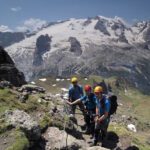
- In the Napoleonic wars many Alpine territories were taken and at one point Napoleon crossed one of the mountain passes with around 40,000 men. After the fall of Napoleon many Alpine countries developed heavy protections to prevent any new invasion. For example, Savoy built a series of fortifications in the Maurienne valley to protect the major Alpine passes.
- In the 18th and 19th century a rise in the popularity of naturalists, writers, artists (in particular the romantics) saw some of Europe’s finest art produced.
- The mid-1800s are regarded as the Golden age of alpinism. Few people attempted to conquer the Alps in the early centuries but a sudden rise in popularity meant that many Alpine peaks were then conquered as climbing became a popular sport. Equipment and procedures improved and some of the world’s most famous mountaineering routes were laid down. In 1786 two Frenchmen became the first to reach the top of Mt. Blanc, Europe’s highest. Nowadays modern equipment has improved immensely and each year more than 2,000 alpinists climb to the summit of the Matterhorn which is considered to be one of Europe’s’ most difficult mountains.
- In WW1 and WW2 the Alps were reshaped once again. Borders were changed, fortifications built and cities were flattened leaving Europe in disarray. Mountain warfare left its mark on places like the Dolomites and the tunnels and wire walkways left behind have now become popular tourist attractions and Via Ferrata routes.
Our centre-based holiday in Corvara, provides you with access to up to 20 sensational routes, making it arguably the world’s best platform for a Via Ferrata experience.
Learn More
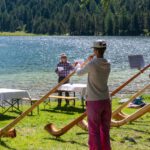

The Alps Today
Among all of these developments the high mountain settlements have kept much of their tradition true. Cattle farming, cheese making and woodwork are still alive and well and are synonymous with Alpine culture. The Alps has also been home to the Winter Olympics a number of times with Switzerland, France, Italy, Austria and Germany all hosting the event. The mountain range is divided into three sections. The Western mountain range –which includes the highest mountains, the central Alps that lie between the Great St. Bernard and Lake Constance and the Eastern Alps with include Austria, Northern Italy, Southern Germany and Slovenia. There are around a hundred peaks over 4,000m giving way to some unique and specific wildlife. Flower enthusiasts, bird watchers and animal spotters flock to the meadows, cliffs and valleys to witness rare species.
